Top 10 Zirconia Milling Machines Supplier for Dental Laboratories
2024-07-28
2025-10-11
CAD CAM (Computer-Aided Design and Computer-Aided Manufacturing) has transformed dentistry by offering precision, speed, and convenience in creating dental restorations. However, like any technology, it has its limitations. This article explores the disadvantages of CAD CAM dentistry to provide a balanced view for patients and dental professionals considering its adoption.
While CAD CAM offers many benefits, there are notable challenges that can impact its effectiveness in certain scenarios.
Implementing CAD CAM systems requires significant investment in equipment, such as intraoral scanners, design software, and milling machines. For smaller dental practices, the upfront costs can be prohibitive, potentially limiting access to this technology.
Mastering CAD CAM systems demands training and expertise. Dentists and dental assistants must learn to operate complex software and hardware, which can be time-consuming. Improper use may lead to errors in design or fabrication, affecting restoration quality.
CAD CAM systems are compatible with specific materials, such as zirconia, porcelain, and certain composites. However, some advanced or specialized materials used in traditional lab-based restorations may not be suitable for CAD CAM milling, limiting aesthetic or functional options.
While CAD CAM excels at creating single-unit restorations like crowns or inlays, it may struggle with complex cases, such as full-arch restorations or intricate prosthodontics. Traditional dental labs often provide more flexibility for such treatments.
CAD CAM equipment requires regular maintenance, software updates, and occasional repairs, which add to the operational costs. Downtime due to technical issues can disrupt practice workflows and delay patient treatments.
CAD CAM dentistry relies heavily on digital tools, making it vulnerable to technical failures, such as software glitches or hardware malfunctions. Power outages or system crashes can halt production, affecting same-day treatment capabilities.
Despite these disadvantages, CAD CAM remains a valuable tool in modern dentistry, offering unmatched speed and precision for many procedures. Dental practices must weigh the costs, training requirements, and limitations against the benefits of same-day restorations and improved patient experiences.
CAD CAM dentistry has revolutionized restorative dental care, but it’s not without drawbacks. High costs, training demands, and material limitations are key challenges to consider. By understanding these disadvantages, dentists can make informed decisions about integrating CAD CAM into their practices, ensuring optimal outcomes for their patients.

Dry & wet milling for zirconia, PMMA, wax with auto tool changer.
learn more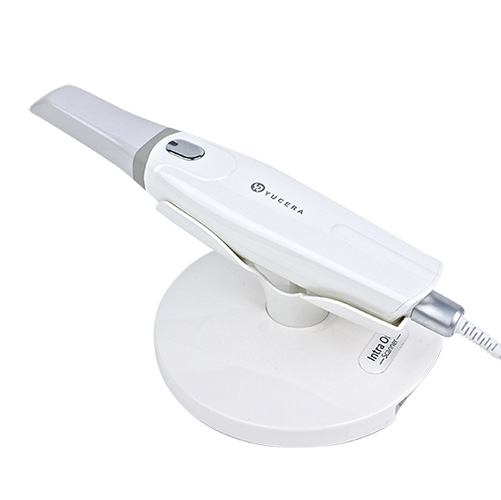
High-precision 3D scanning, AI calibration, full-arch accuracy.
learn more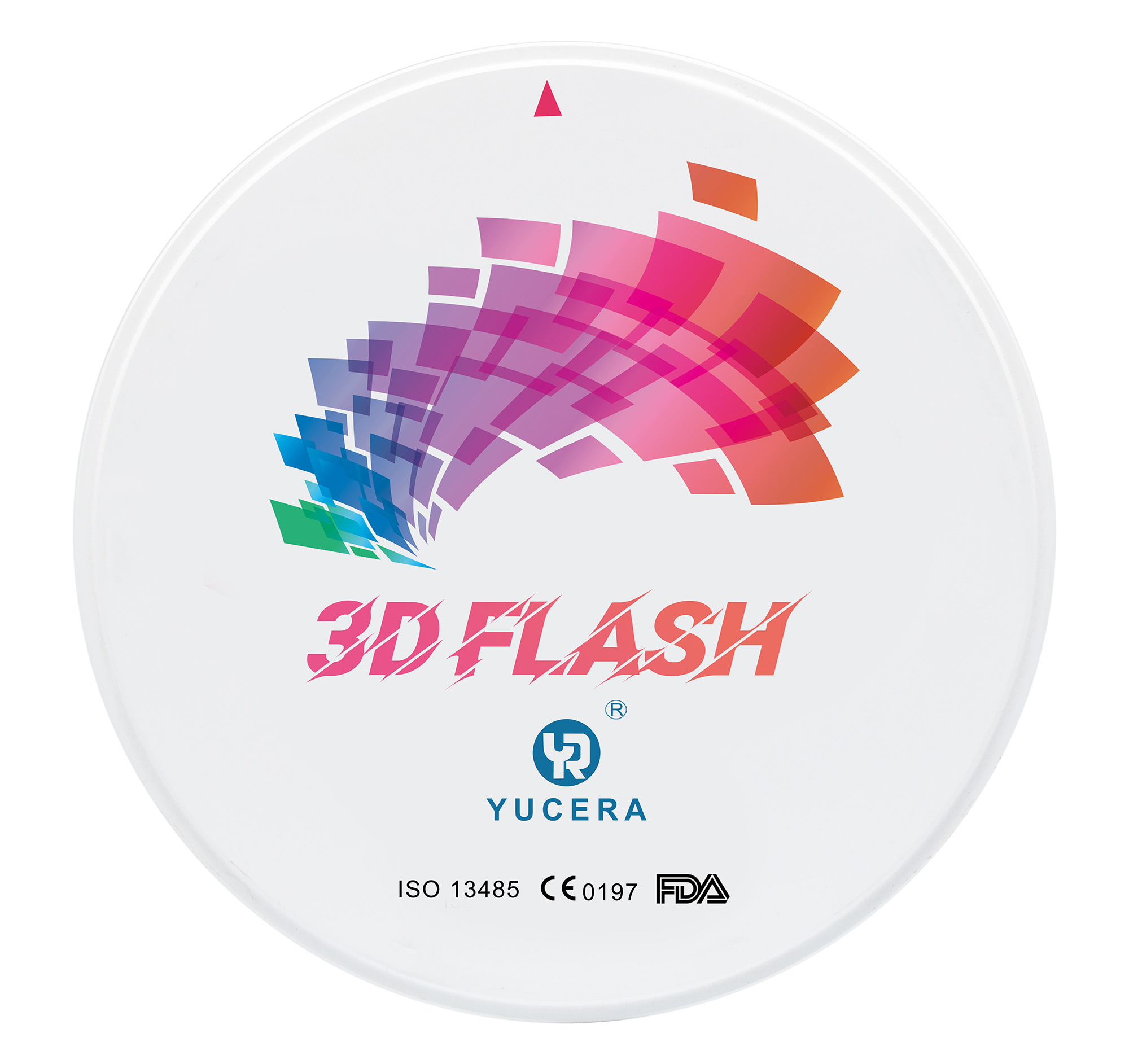
40-min full sintering with 57% incisal translucency and 1050 MPa strength.
learn more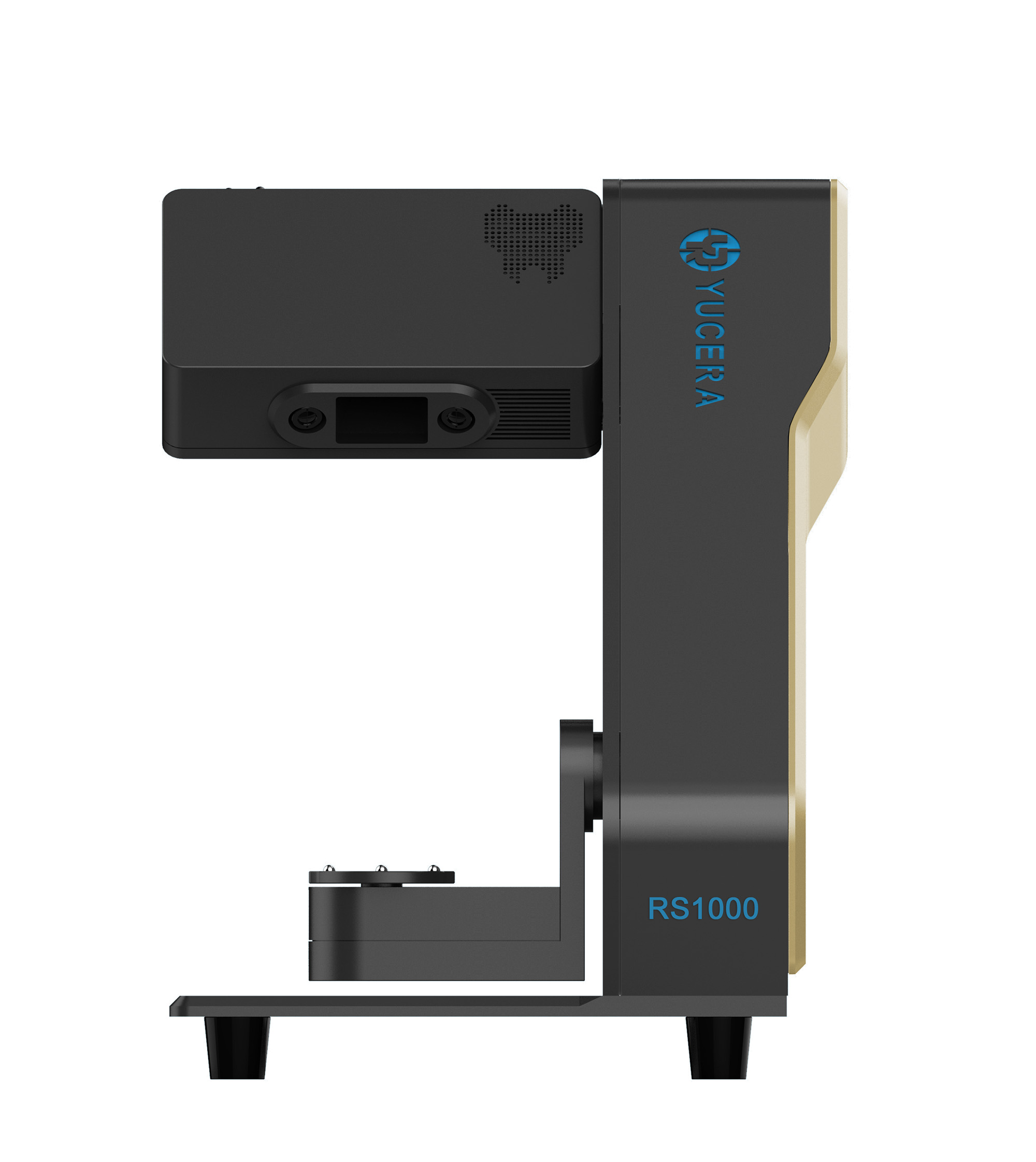
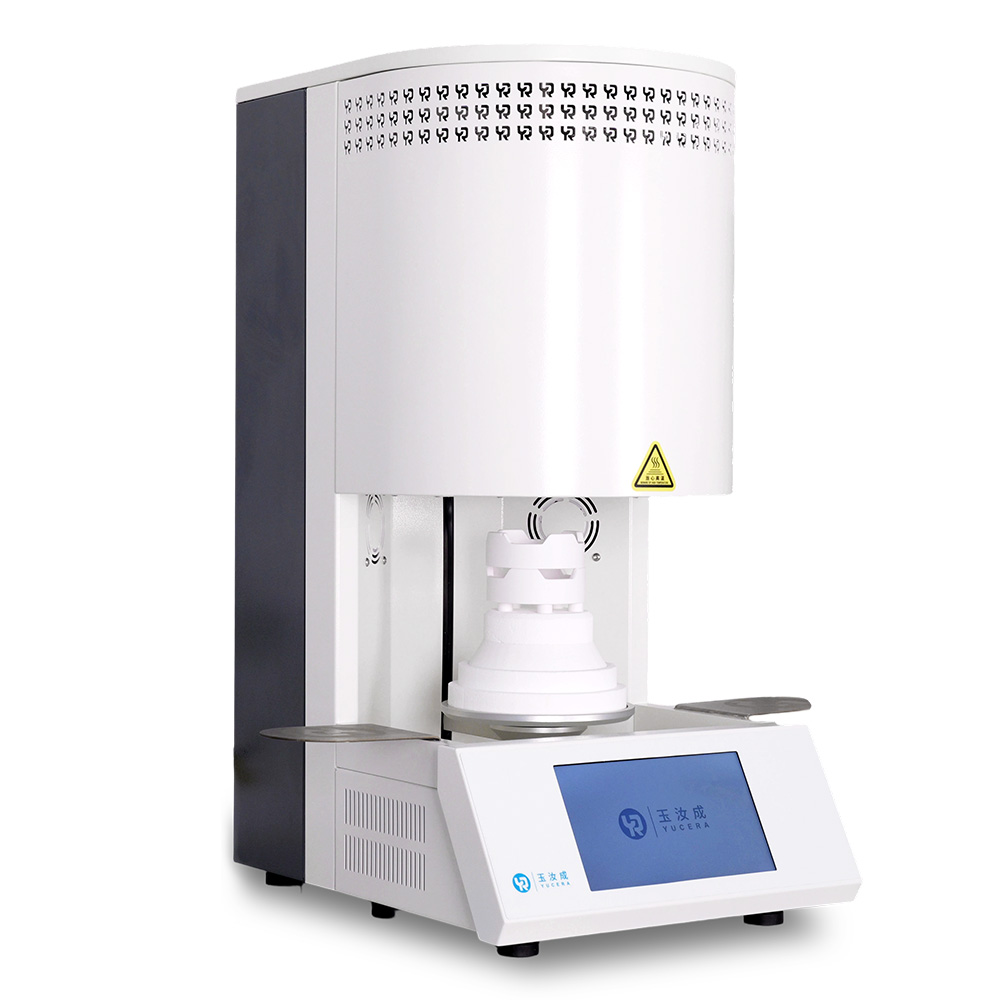
40-min cycle for 60 crowns, dual-layer crucible and 200°C/min heating.
learn more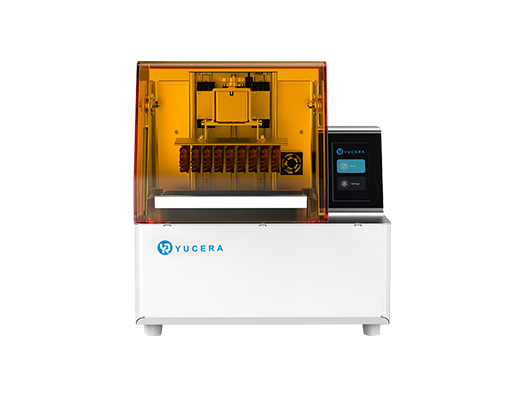
High-speed LCD printer for guides, temporaries, models with 8K resolution.
learn more